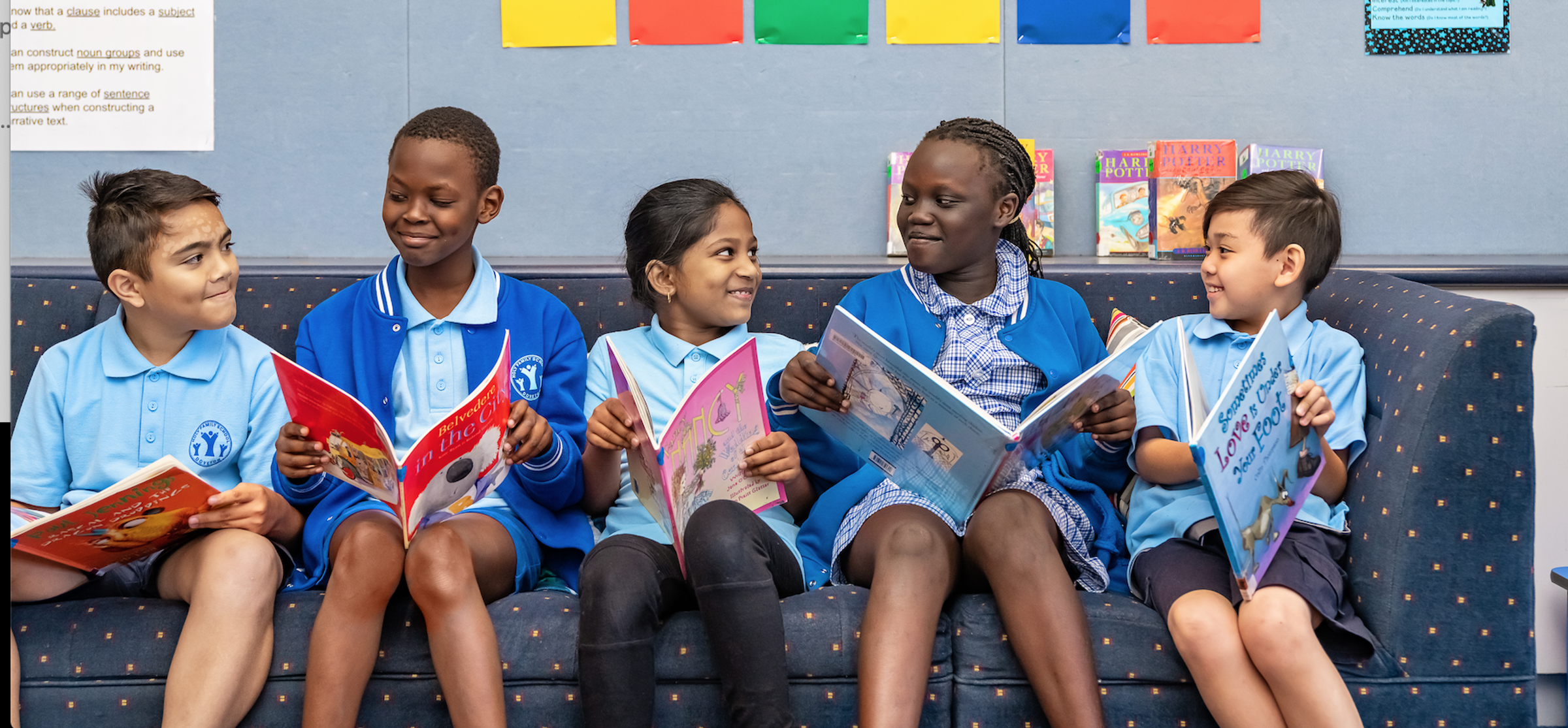Learning and Teaching

Speaking & Listening
The foundational role that oral language plays in learning to read and write has long been recognised (Dougherty, 2014; Hart and Risley, 2003; Snow, Burns & Griffin, 1998). The relationship between oral language ability and academic success has been well established (Hill, 2012; Resnick and Snow, 2009).
Oral language involves expressive and receptive skills. Expressive language encompasses the words and actions used to convey meaning, including tone, volume, pauses and inflections. Receptive language is the understanding of language expressed by others. Expressive and receptive oral language is often referred to as ‘speaking and listening.
Speaking and listening is a vital part of learning across all curriculum areas. The Victorian Curriculum F - 10 recognises the importance of oral language as a communicative process, with speaking and listening receiving prominence in the English curriculum, alongside reading, viewing and writing. Speaking and listening in the classroom serve both social and educational purposes. Acknowledging the major role speaking and listening play inside and outside of school, it stands to reason that oral language should not be left to chance.
Many experiences of speaking and listening, both inside and outside of school, prepare children to read. Here are some activities to try at home:
- Begin talking, singing, and reading frequently to your children when they are babies.
- When giving directions to your younger children, use short sentences and explain clearly what you want them to do. As they grow older, increase the length of the directions using words that describe (for example, instead of saying, "Get the book," you can say, "Please bring me your favourite storybook. It is on the desk in your room.").
- Ask your children questions that require more than a "yes" or "no" answer. Some questions that help them to talk more openly are "Why do you think that happened?" "What do we do next?" "What would happen if we did it this way?" "What can we do about that?" "How can we make this better?"
- Listen carefully as your children talk to you. Answer their questions and take time to explain things to them.
- Teach your children songs and poems that are fun to sing and say (for example, songs like "Row, Row, Row Your Boat" and poems like "Wee Willie Winkie" or "Little Miss Muffet").
- Play games such as "Simon Says" that require talking, listening, following directions, and giving directions.
- Set aside a special time each day to read aloud to your children.
- Read stories and informational books aloud for as long as you can read and your children can listen.
- Have your children "read" to you from a picture book by making up their own stories about the pictures.
- Take nature walks in the neighbourhood or at local parks. Spend time talking in detail with your children about things you can see, hear, or touch such as leaves, rain, and caterpillars.
- When possible, take your children on trips to zoos, museums, nature trails, and historical sites. Talk about the interesting and unusual things you see.
- Draw pictures with your children and take turns telling stories about the pictures.
- Pick a topic of interest to your children and have them learn new things about it. Ask them to tell you and other family members what they have learned.
- Watch educational television programs with your children and talk with them about those programs.
Information is taken from:
Effective Speaking and Listening Instruction
Talking and Listening: Practical Ideas for Parents (Reading Rockets)
Simone Crist
Literacy Leader

